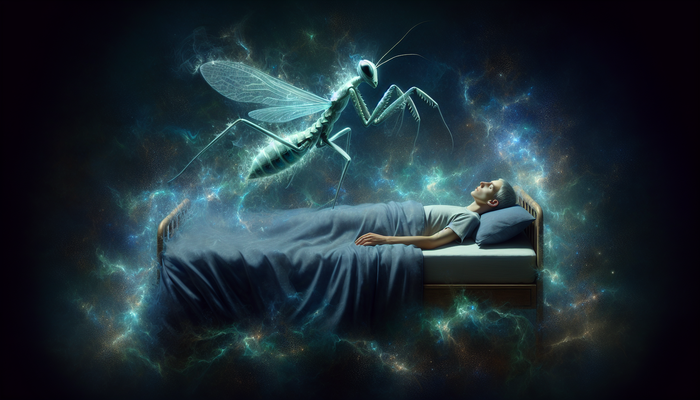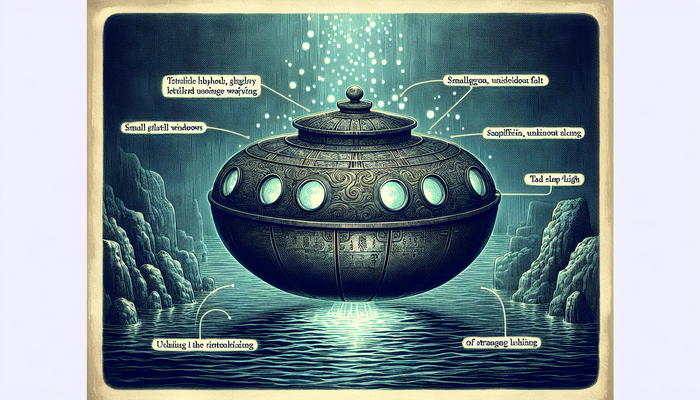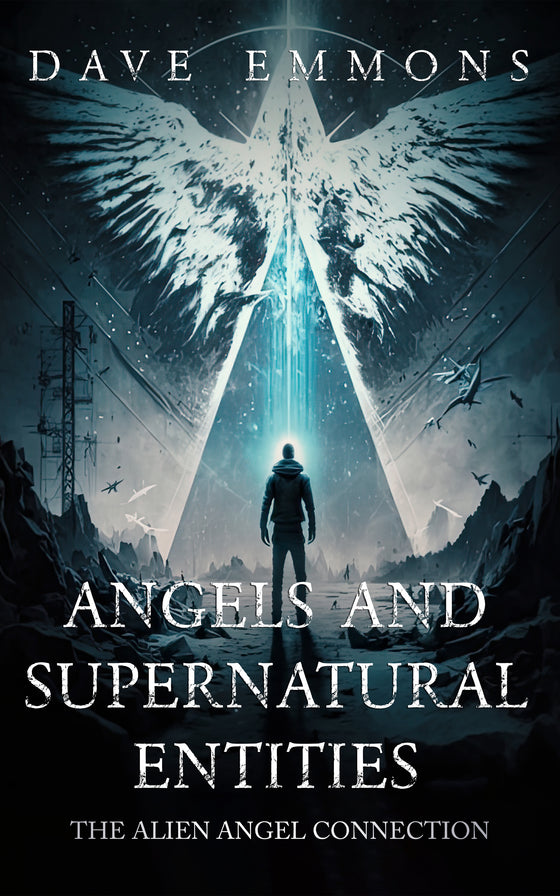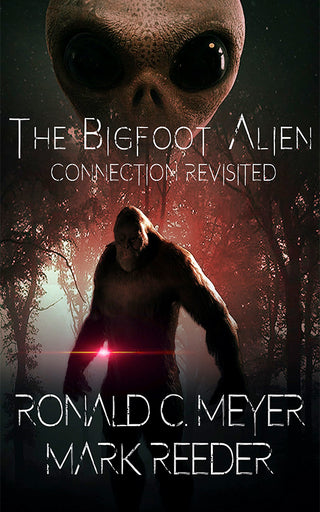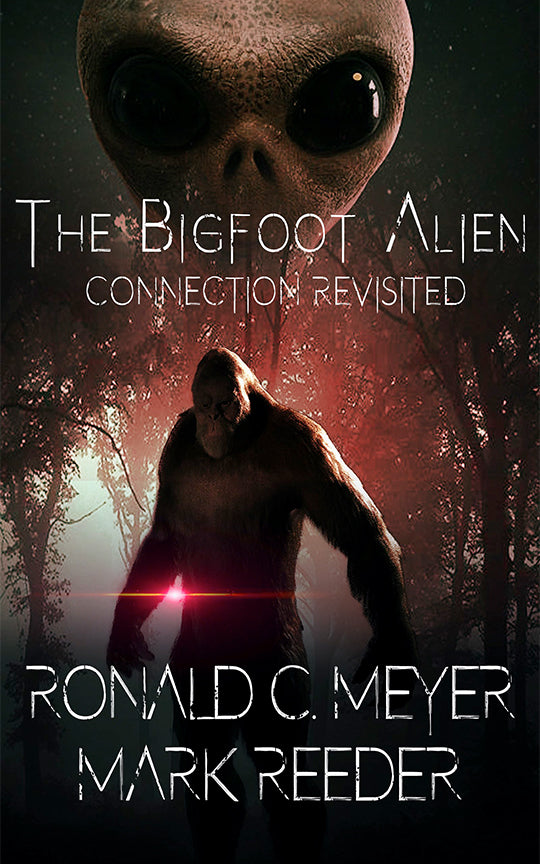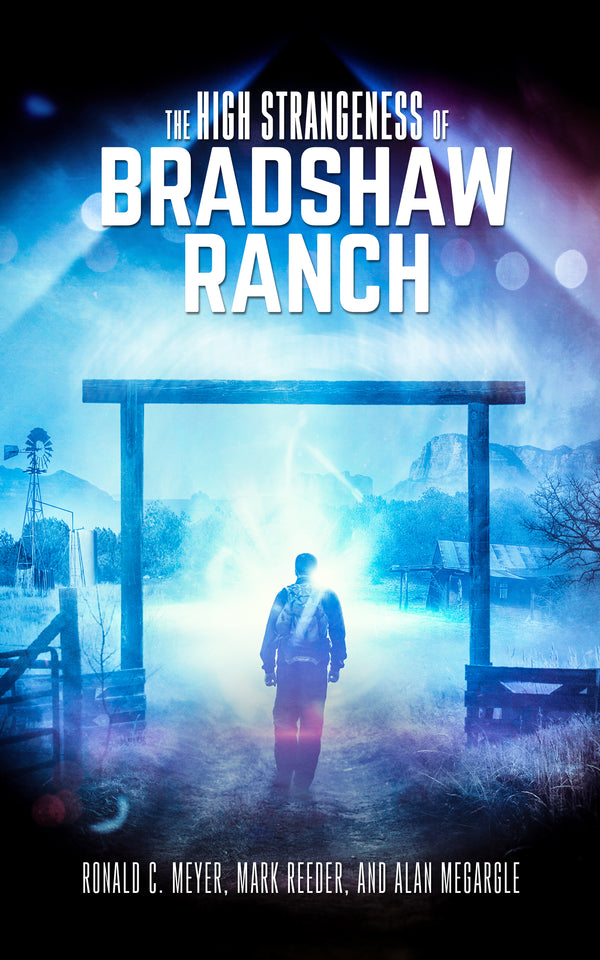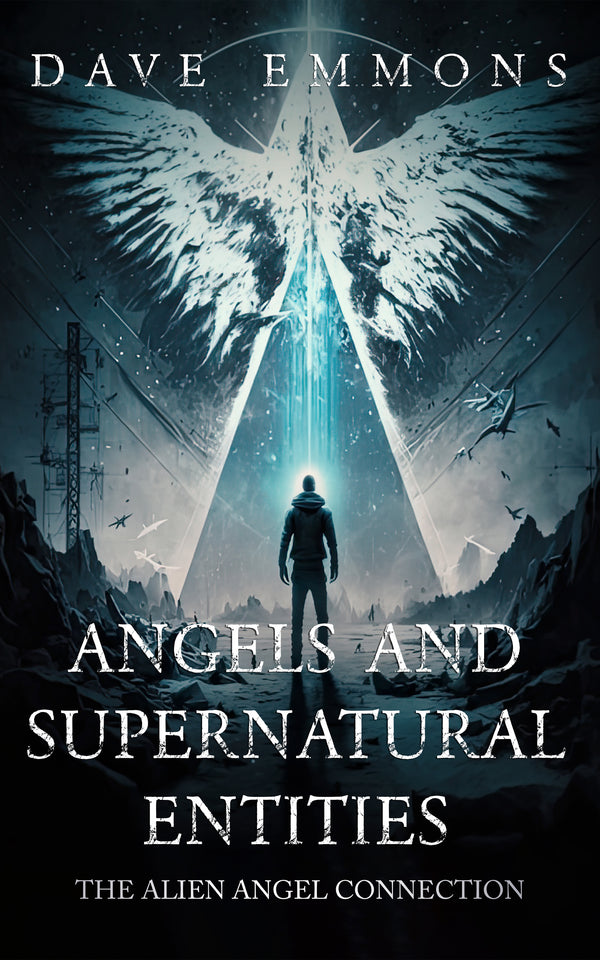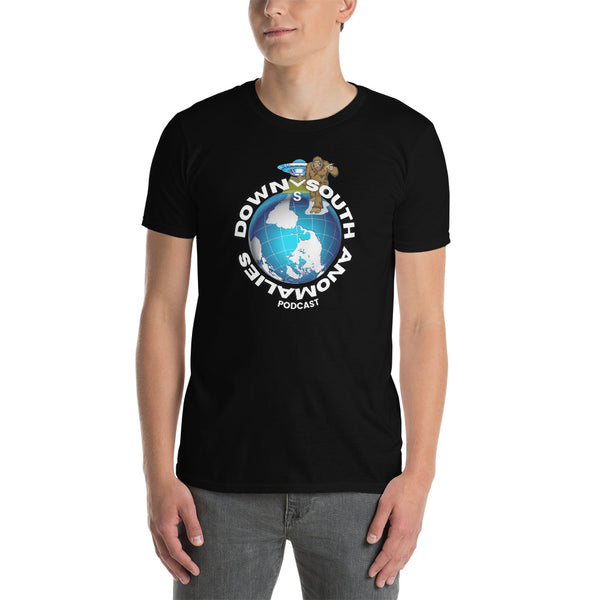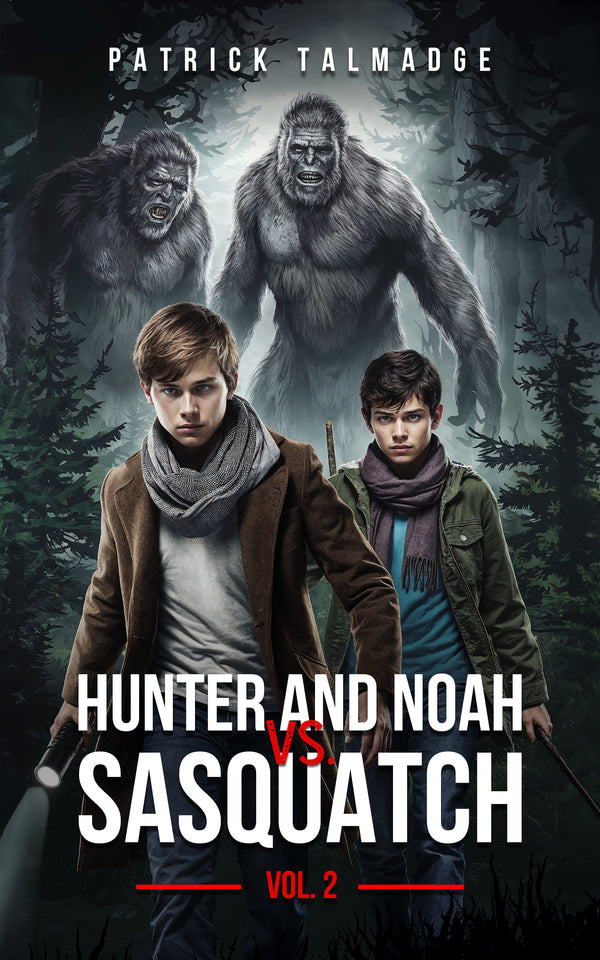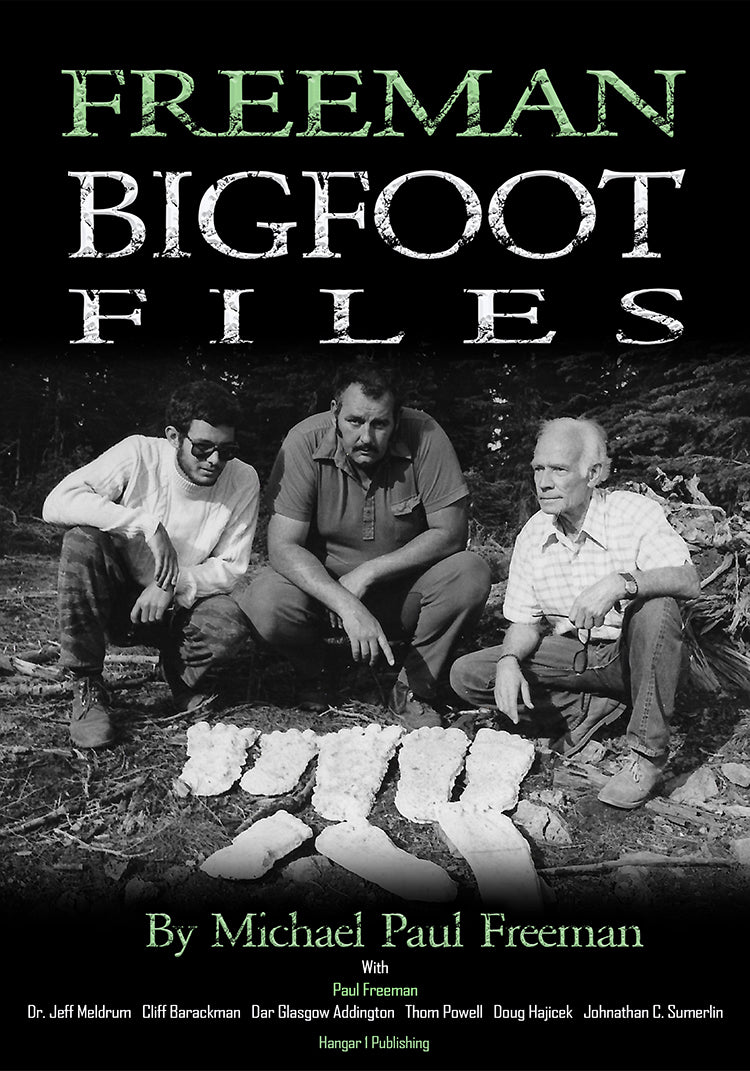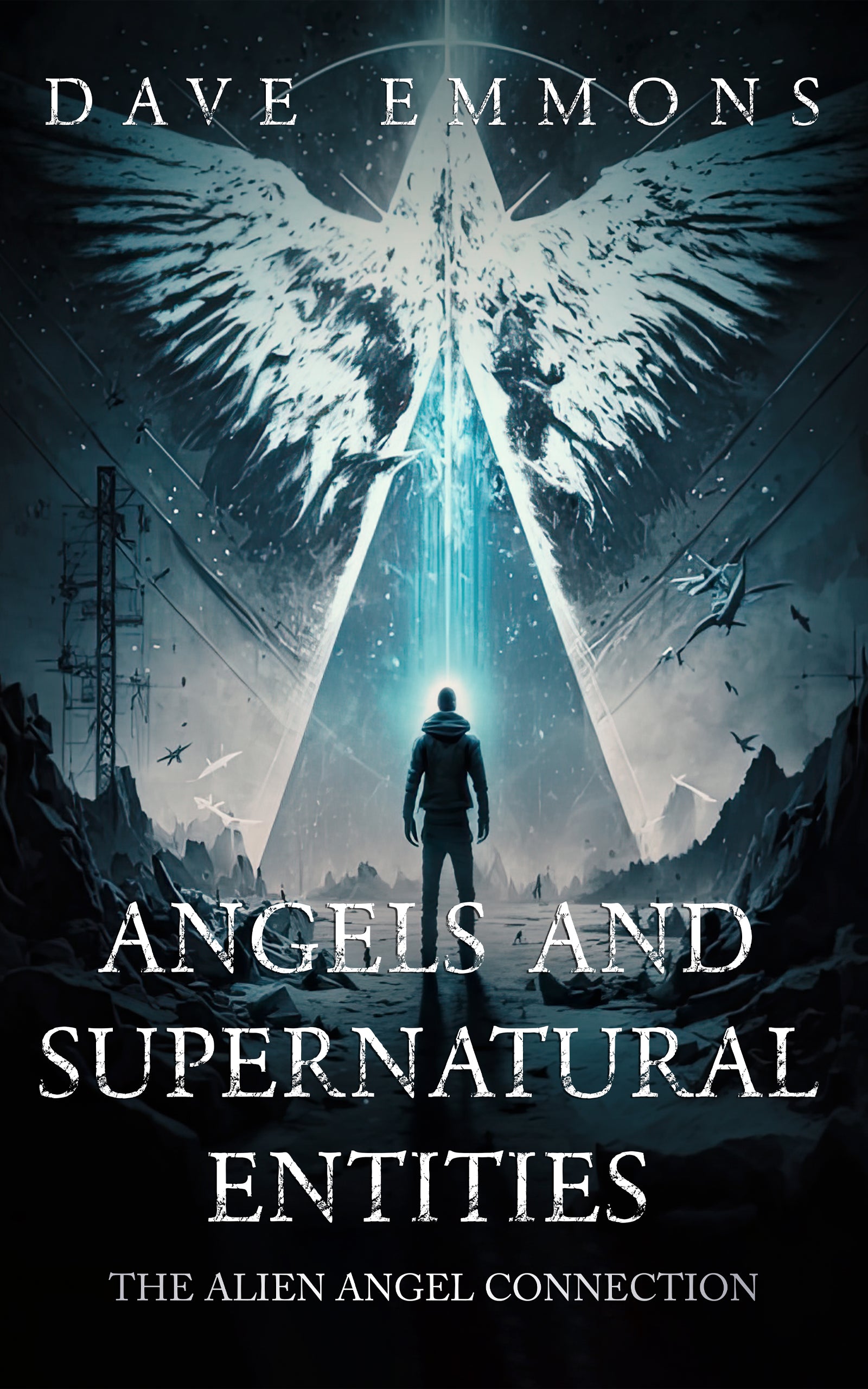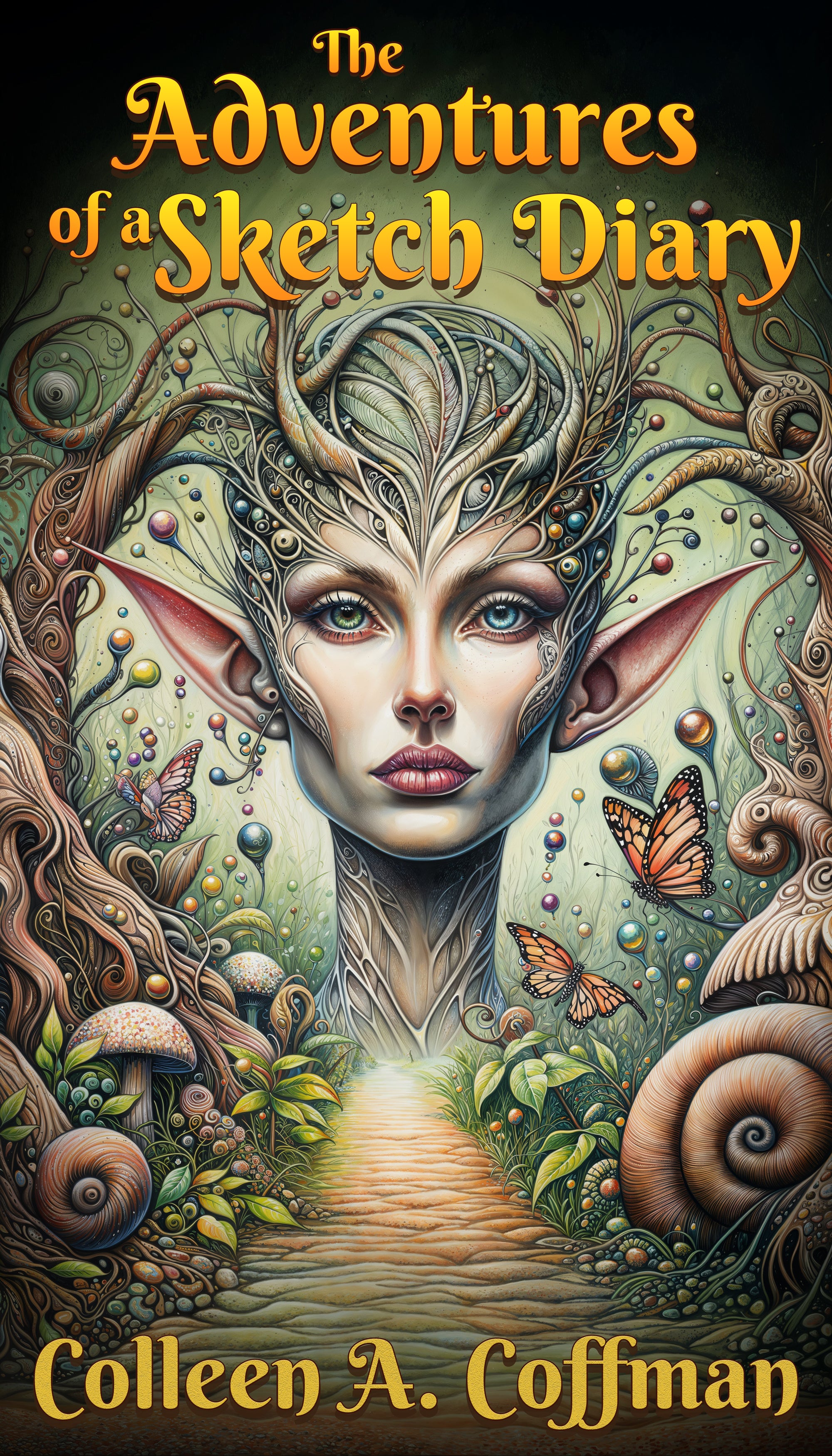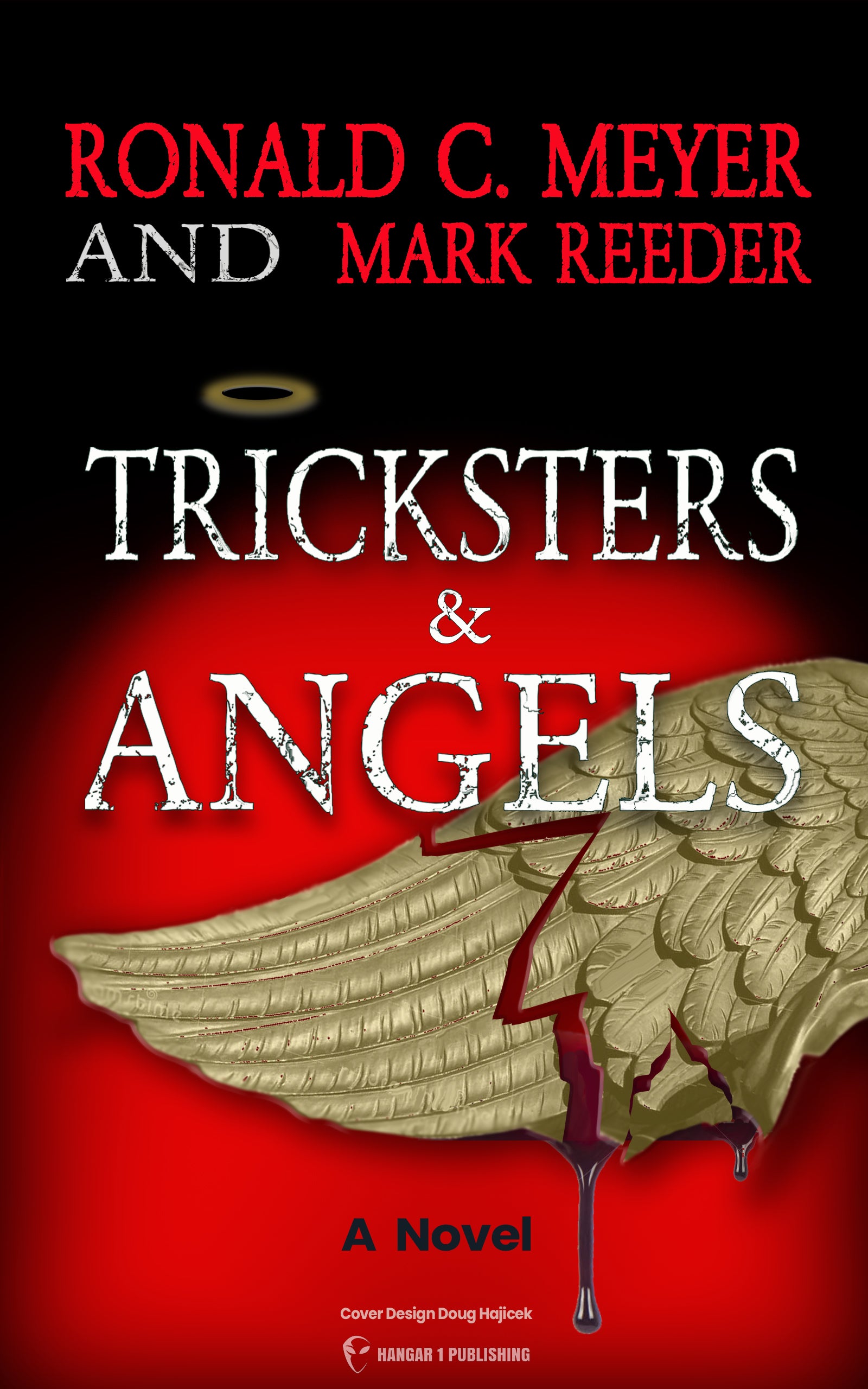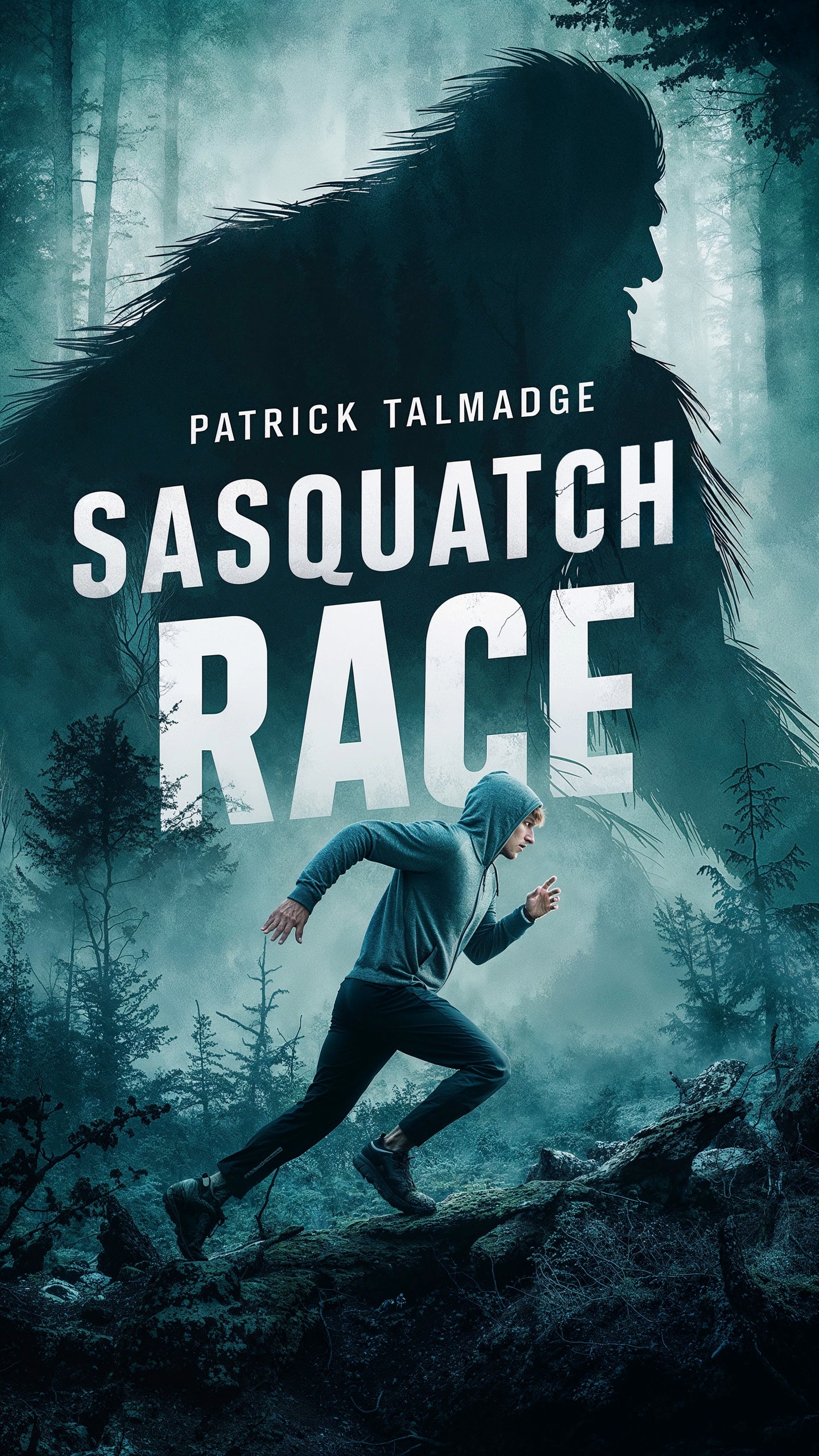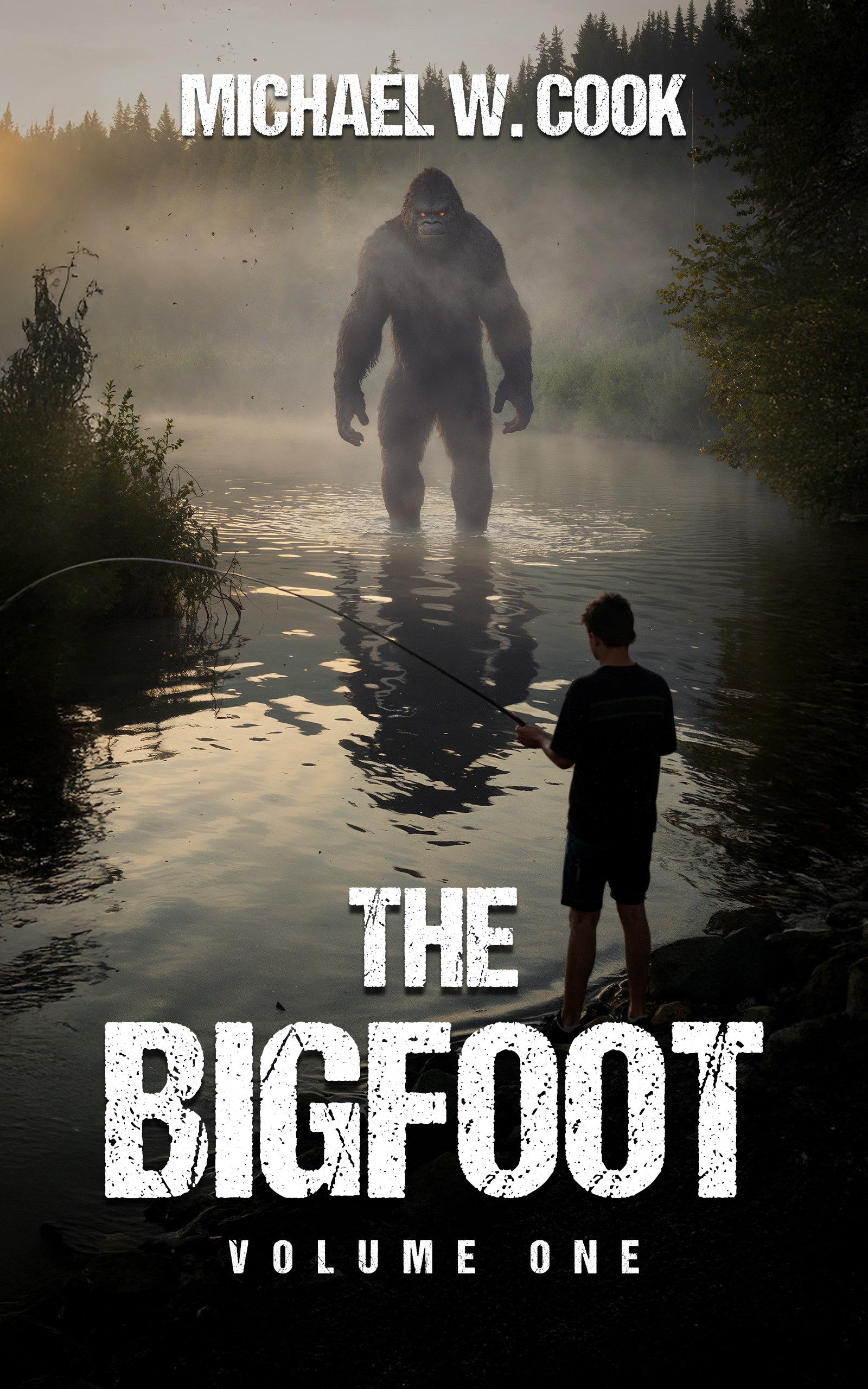The Scoriton Mystery: Bizarre UFO Contact and Adamski Return?

By Sanjay Kapoor, Ufologist
Introduction: Where the Mundane Meets the Cosmic Unknown
Imagine this: George Adamski, the charismatic, controversial pioneer of the flying saucer contactee movement, passes away. The very next day, April 24th, 1965, in the quiet, unassuming village of Scoriton on the edge of Dartmoor in Devon, England, a seemingly ordinary local man reports an encounter so bizarre it ripples through the fringes of ufology even today. Was it a mere coincidence? Or was it the opening act of one of the strangest episodes in the annals of the unexplained – the Scoriton Mystery?
Scoriton itself, nestled near the ancient landscape of Dartmoor and the winding Holy Brook, steeped in its own quiet history and local folklore, seems an unlikely stage for cosmic drama. Yet, it was here that Ernest Arthur Bryant, a 51-year-old retired prison warden, former seaman, and wartime commando – a man described by those who met him as grounded, friendly, and decidedly normal – claimed to have stepped away from a countryside walk and into an encounter with beings not of this Earth. His story wasn't just about seeing a saucer; it involved conversations, a tour of an alien craft, physical artifacts, and, most sensationally, a potential link to the recently departed Adamski himself.
At its core, the Scoriton Mystery centres on Bryant’s alleged meeting with three strange figures who emerged from a landed UFO. One of these figures, a youth calling himself "Yamski," sparked the incredible "Adamski Return" hypothesis – the idea that the famous contactee had been almost instantly reincarnated into an alien body. This article explores the many tangled layers of this peculiar case: Bryant's detailed account, the curious "proof" he presented, the investigations by believers and eventual skeptics, the ever-present shadow of George Adamski, and even darker whispers of government manipulation. We won't arrive at a neat conclusion – because, frankly, there isn't one. Instead, we’ll layout the baffling pieces and invite you, the reader, to ponder this perplexing puzzle. The Scoriton Mystery matters because it forces us to confront the messy crossroads where alleged extraterrestrial contact, claims of physical evidence, high strangeness, human psychology, and perhaps even covert human agendas collide.
The Scoriton Encounter: A Walk on Scoriton Down Becomes an Otherworldly Meeting
The timing itself is almost offensively coincidental. April 24th, 1965. George Adamski, arguably the most famous (or infamous) flying saucer contactee, had died in the United States just hours before. Could Bryant, walking near Scoriton Down that late afternoon, possibly have known? Regardless, his reported experience began dramatically. A large, saucer-shaped craft, described as having the appearance of platinum, allegedly materialized "out of nowhere," exhibiting an odd pendulum-like motion before settling into a hover about three feet above the ground, mere metres away from him.
Fear gave way to curiosity as an opening slid upwards in the craft's side, revealing three figures clad in what Bryant could only describe as "diving gear," complete with helmets. One beckoned to him. As he approached, they removed their helmets, revealing sights that cemented the otherworldly nature of the encounter for Bryant. Two of the beings, he claimed, were distinctly non-human. He described them as having "extremely high foreheads which came to a point," thin, sallow features, fine fair hair longer than human norms, blue eyes with startling vertical, cat-like pupils, squat noses, and bluish mouths (perhaps, he speculated, a reaction to our atmosphere). Most unnervingly, they allegedly possessed only four tapering, widely spaced fingers on each hand, lacking thumbs entirely. Their silvery, one-piece suits rustled like tinfoil when they moved, and their thick-soled boots made no sound.
The third figure, however, presented a stark contrast. He appeared entirely human, resembling a youth of about fourteen or fifteen, with short brown hair and dark brown eyes. His suit seemed slightly too large for him. It was this youth who spoke, reportedly in English but with a "mid-European accent with a touch of American," and introduced himself with a name that ignited the central controversy: "Yamski."
The phonetic similarity to "Adamski" was too glaring to ignore, especially given the timing. Was this, as investigators like Eileen Buckle came to fervently believe, George Adamski reborn, his consciousness somehow transferred into this young, Venusian form? Adding another layer to this hypothesis, "Yamski" reportedly remarked, "If only Des or Les were here, he would understand." This seemed an unmistakable nod to Desmond Leslie, Adamski's friend and co-author of Flying Saucers Have Landed. How could Bryant, supposedly unfamiliar with the minutiae of ufology, have known this detail?
Bryant claimed he was then helped aboard the craft. The interior, he recounted, was divided into several identical compartments, each containing a couch fitted with straps and a large screen displaying upward-moving, rainbow-coloured lights. When he inquired about the ship's propulsion, he received the cryptic answer: "Ideo-motor movement." The strangest detail of the interior, however, was a purple robe, akin to a dressing gown, lying on one couch, distinguished by a beautifully embroidered, bright red rose on the sleeve. Bryant felt an inexplicable sense of significance looking at it, feeling that "Yamski" knew he understood, though he couldn't articulate why. This robe, seemingly out of place, has fueled much speculation, ranging from Rosicrucian symbolism to more profound religious interpretations.
Before Bryant exited the craft, "Yamski" delivered a specific, peculiar promise: "One month from today we will bring proof of Mantell. Watch for the blue light in the evening." This statement directly invoked the name of Captain Thomas F. Mantell, the Kentucky Air National Guard pilot whose fatal crash in 1948 while pursuing a UFO had become a foundational, tragic story in the early days of the phenomenon. Why reference Mantell? The promise set the stage for the next act of the mystery. After Bryant disembarked, the craft ascended and vanished as abruptly as it had arrived. Initially, Bryant apparently kept the full story to himself, only mentioning a later, less dramatic sighting to a local newspaper. The complete, bizarre account supposedly only emerged when he filled out a report form for the British UFO Research Association (BUFORA).
The Return of the "Proof": Blue Lights and Tangible Evidence
About a month later, on the evening of June 7th, 1965, Bryant claimed "Yamski's" prophecy began to unfold. Around 10:30 p.m., just as he was preparing for bed, he heard a faint buzzing or turbine-like sound. Looking outside, he saw a pale blue light moving from west to east, which then descended towards the ground before both light and noise ceased.
The following morning, in the area where the light had appeared, Bryant discovered a peculiar collection of items scattered on the ground. There were several pieces of metal, described as looking like parts of machinery, some resembling turbine blades, others more complex brackets or fittings, all seeming to shine strangely in the early light. Nearby lay a broken glass phial containing what looked like silver sand. And perhaps most curiously, a small piece of parchment rolled up inside the vial, bearing two words written in what was later identified as ancient Greek: "Adelphos Adelpho." The literal translation: "Brother to Brother."
These tangible objects became the crux of the matter – the promised "proof." Were they genuine extraterrestrial artifacts, remnants of the Mantell crash delivered across time and space? Or something far more mundane? Bryant gathered the items, eventually presenting them to the investigators from BUFORA who had begun to take an interest following his initial report form. This physical evidence elevated the story beyond a purely anecdotal account, demanding closer scrutiny and kicking the investigation into high gear.
The Investigation Unfolds: Enthusiasts, Evidence, and Emerging Doubts
With Bryant's full story and physical artifacts now in play, the British UFO Research Association (BUFORA) took notice. Two investigators, in particular, became deeply involved: Eileen Buckle and Norman Oliver. Buckle especially seemed captivated by the tale's strange details and apparent Adamski connections, eventually authoring the definitive book on the case, The Scoriton Mystery – Did Adamski Return? Oliver initially worked alongside her, contributing to the investigation.
Their first task was to analyze the "proof." The metal fragments were examined by various parties, including, according to Buckle's account, an anonymous 'atomic physicist' whose contributions became increasingly erratic. Initial suggestions pointed towards pieces possibly being related to an aircraft bombsight, fueling the Mantell connection hopes. However, ultimately, no definitive link could be established between the fragments and Mantell's F-51, or indeed any specific aircraft. The unusual glass phial and its silver sand remained enigmatic curiosities. The parchment inscription, "Adelphos Adelpho," lent itself to interpretation – was it a literal message between space 'brothers'? A symbolic nod to a connection between Adamski and Bryant, perhaps referencing a shared (speculated) Romany heritage or their parallel roles as contactees?
Simultaneously, Buckle and Oliver assessed Bryant himself. By all accounts, he presented as an ordinary, credible man. He seemed friendly, sincere, and consistent in recounting his extraordinary experience. Crucially, he initially maintained he had little prior knowledge of UFOs or contactee figures, making the specific references to "Yamski," "Des/Les," and Mantell seem all the more puzzling.
Yet, as the investigation progressed, it took on a bizarre life of its own, seemingly attracting phenomena beyond the original UFO report. Buckle's book details strange occurrences that plagued the investigators, including inexplicable voices and messages appearing on tape recordings – sometimes in rhyming couplets – and other subjective, arguably paranormal, experiences. These events seemed, to Buckle at least, to validate the otherworldly nature of the case, but they also blurred the lines, pulling the investigation away from traditional ufology and into the domain of high strangeness. It was amidst this growing weirdness that Norman Oliver's perspective began to diverge significantly from Buckle's, laying the groundwork for a later, dramatic re-evaluation of the entire Scoriton affair.
The Skeptical Turn: The Hoax Hypothesis and the Widow's Revelation
While Eileen Buckle's book presented the Scoriton case with a sense of genuine mystery and possibility, her co-investigator, Norman Oliver, eventually arrived at a starkly different conclusion. He laid out his findings in a later, self-published booklet titled Sequel to Scoriton, effectively retracting his earlier association with the case's more sensational interpretations.
The linchpin of Oliver's debunking was a conversation he had with Ernest Bryant's widow sometime after Bryant's death from a brain tumor in 1968. According to Oliver, Mrs. Bryant confided something devastating to the case's authenticity: her husband, she allegedly claimed, had initially presented the entire Scoriton saga to her not as a real event, but as the plot for a science fiction story or script he was creating.
This single piece of testimony fundamentally shifted the narrative. If true, Bryant wasn't an unwitting contactee but a conscious creator of fiction, perhaps seeking attention or simply exercising his imagination. Mrs. Bryant reportedly went further, asserting that the physical "proof" – the metal fragments, the phial, the parchment – hadn't been dropped by Venusians at all. Instead, she claimed, Bryant had purchased them from a local naval surplus store. This provided a simple, mundane explanation for the tangible artifacts that had so intrigued the investigators.
This revelation forces a re-evaluation of Ernest Bryant. Was he a gifted storyteller, a deliberate hoaxer capitalizing on the burgeoning UFO interest and the recent death of Adamski? Or could there have been other factors at play – perhaps delusion, perhaps even his later-diagnosed brain tumor influencing his perceptions or driving his actions? The image of the simple, honest countryman presented by Buckle clashes sharply with the picture painted by Oliver via the widow's account.
Oliver's findings, though perhaps less sensational and widely read than Buckle's original book, cast a long shadow. It aligns with the skepticism expressed early on by figures within the Adamski camp itself, like Alice Wells of the Adamski Foundation and Desmond Leslie, who reportedly dismissed the Scoriton story. For many, the widow's testimony provided the most parsimonious explanation: the Scoriton Mystery was an elaborate, if creatively constructed, hoax.
The Adamski Legacy and the Reincarnation Claim
To truly grasp the Scoriton Mystery, one must understand the figure looming over it: George Adamski. Born in Poland but finding fame in California, Adamski became the archetype of the 1950s UFO contactee. His 1952 claim of meeting Orthon, a benevolent, blond-haired Venusian, near Desert Center, California, effectively launched the "Space Brother" phenomenon. Adamski, often described as a "New Age UFO prophet," painted a picture of a solar system teeming with advanced, human-like extraterrestrials from planets like Venus, Mars, and Saturn.
These "Space Brothers," according to Adamski and subsequent contactees, were beings operating on higher vibrational frequencies, deeply concerned with humanity's spiritual development and perilous path, particularly our dabbling with nuclear energy. They offered cosmic wisdom, advocated universal laws, and hinted at humanity's potential to join an intergalactic spiritual federation. This blend of science fiction aesthetics and spiritual seeking resonated deeply with many people disillusioned with mainstream religion and anxious about the Cold War world. Adamski's books, Flying Saucers Have Landed (with Desmond Leslie) and Inside the Space Ships, became sensations, filled with detailed descriptions of spacecraft interiors and philosophical discussions with wise, beautiful beings like Firkon the Martian and Ramu the Saturnian. His influence persisted despite numerous controversies, including disputed photographs and an alleged secret meeting with Pope John XXIII shortly before the Pope's death.
It's this backdrop that makes the Scoriton claims so potent. The encounter happening the day after Adamski's death wasn't just timing; it was pregnant with meaning for those immersed in contactee lore. The name "Yamski" wasn't just similar; it was Adamski, reimagined. The idea of reincarnation, or the transfer of consciousness into a new body (especially an extraterrestrial one), fit neatly within the esoteric frameworks surrounding some contactee beliefs.
This extraordinary claim received a surprising boost from Benjamin Creme, the founder of Share International. Creme, who claimed telepathic links to spiritual Masters, publicly affirmed not only the reality of Adamski's contacts but also specifically stated that the "Yamski" encountered by Bryant was indeed the same entity who had died as George Adamski. He went further, stating Adamski was a Venusian spirit who had incarnated on Earth for a specific purpose and continued in his Venusian "light-body" after physical death – seemingly validating the Scoriton premise. For followers of Creme and those drawn to the spiritual dimensions of ufology, this endorsement lent significant weight to Bryant's tale.
Bryant's descriptions, like the tour of the craft and the messages received, echoed elements found in Adamski's own narratives. The discussion of Karma and the symbolic resonance of the purple robe with the rose also tapped into the quasi-spiritual, philosophical vein characteristic of the contactee movement. The Scoriton Mystery, therefore, wasn't just a UFO sighting; it was presented, at least by Budkle and supported by Creme, as a direct continuation of the Adamski saga, a bizarre post-mortem chapter featuring his alleged return in alien form.
Shadows of Conspiracy: The Potential Government Psyop Angle
Just when the Scoriton case seems divisible into neat categories – genuine contact, hoax, or delusion – a far more disturbing possibility emerges from the shadows. This theory posits that Ernest Bryant was neither a chosen contactee nor a simple fabricator, but potentially an unwitting pawn in a covert government psychological operation.
The source for this unsettling narrative is a series of alleged conversations between UFO researcher Rich Reynolds and a man named Bosco Nedelcovic, who claimed connections to the DOD, USAID, and CIA operations. Nedelcovic reportedly told Reynolds that the Scoriton Affair was discussed in a 1969 CIA briefing and was linked to a clandestine project codenamed "Exeter." This project, Nedelcovic claimed, involved orchestrating UFO sightings in both the US (Exeter, New Hampshire – tying into another famous UFO incident) and the UK (Exeter and potentially Scoriton vicinity) between 1964-1965. The purported goal? To test the reactions of the burgeoning UFO community and its investigators.
According to Nedelcovic's account, CIA operatives had infiltrated British UFO groups, likely BUFORA. When Bryant reported his sighting, these operatives were involved. The truly chilling part of Nedelcovic's claim is that Bryant was allegedly taken to London under the guise of verifying his story with a "truth drug." There, he was supposedly subjected to experimental hallucinogens combined with microwave transmissions, designed to implant specific "UFO experiences" into his memory, making them seem utterly real upon awakening. The intelligence agencies, Nedelcovic suggested, wanted to monitor how Bryant relayed these induced experiences and how UFO groups investigated them.
Most disturbingly, Nedelcovic linked Bryant's death from a brain tumor directly to this alleged manipulation, calling it a "microwave accident" resulting from "excessive experimentation" and the "injudicious use of microwave technology." This transforms Bryant's passing from a tragic medical event into a potential casualty of unethical, secret government activity.
While Nedelcovic's claims remain uncorroborated and could themselves be disinformation, they resonate ominously with other documented instances of alleged intelligence agency interference in ufology. The parallels drawn to the case of Paul Bennewitz – a researcher who was fed disinformation by AFOSI agent Richard Doty and who reported bizarre experiences including feeling "stinging sensations" possibly related to microwave technology and having chemicals injected while asleep – are striking. Both scenarios involve targeting individuals associated with UFOs, using disinformation, unusual technology (microwaves), and possibly drugs to manipulate perceptions and disrupt investigations.
If the psyop theory holds any water, the motives remain murky. Was it purely about testing psychological manipulation techniques? Sowing disinformation within the UFO community? Covering up genuine classified projects that might be mistaken for UFOs? Or perhaps all of the above? The lack of independent verification makes this the most speculative layer of the Scoriton Mystery, yet its mere possibility adds a deeply paranoid and sinister dimension to an already strange case.
The Fortean Nexus: Symbolism, Synchronicity, and the Unexplained
Trying to neatly file the Scoriton Mystery under "alien contact" or "hoax" feels inadequate. It spills over the edges of easy categorization, landing squarely in the territory beloved by Charles Fort – that realm where the bizarre, the symbolic, and the stubbornly unexplained intertwine. It’s less a single event and more a nexus of high strangeness.
Consider the potent symbolism embedded in Bryant's account. That purple robe with the perfectly embroidered red rose found inside the craft – why? It feels deliberately placed, almost theatrical. Was it a signifier meant for Bryant (related to Rosicrucianism, as some suggest?), a religious hint (as explored by interpretations linking it to Christ), or simply a detail Bryant invented for dramatic effect? Then there's the "Adelphos Adelpho" inscription – "Brother to Brother." A message of solidarity from space siblings? A coded link between Adamski and Bryant? Or a pseudo-classical touch added to lend spurious authenticity? These elements resist simple explanation, inviting interpretation rather than demanding acceptance as literal fact.
Synchronicity, that meaningful coincidence that seems to hint at hidden connections, runs rampant through the case. The timing – Bryant's encounter occurring the day after Adamski's death – is the most glaring example. The specific reference to Mantell's famous crash, the name "Yamski," the "Des or Les" comment – all these details align almost too perfectly with existing UFO lore, raising flags for both believers (seeing profound meaning) and skeptics (seeing calculated fabrication). Even minor details noted in research, like potential name connections ("Garry" mentioned in Buckle's book, the witness visiting Harlow - Gary H's surname, the spelling of Scorriton with two R's on maps vs one in the book title), while perhaps stretching interpretation, contribute to this feeling of an uncanny, orchestrated pattern, regardless of the orchestrator.
The strangeness wasn't limited to Bryant's initial claims. The investigation itself became a magnet for the anomalous. Reports of mysterious voices appearing on Norman Oliver's tape recorder, disembodied psychic warnings – these phenomena attached themselves to the case, suggesting that proximity to the core mystery drew investigators into a wider field of the unexplained. This "clustering" effect is a hallmark of Fortean events, where UFO sightings might occur alongside poltergeist activity, strange creature reports, or other paranormal happenings, defying our attempts to keep mysteries neatly compartmentalized. Even the location, Scoriton, on the edge of Dartmoor near the reputedly curative Holy Brook, adds a subtle layer – a place already imbued with history and folklore, perhaps more receptive to intrusions of the strange.
One thinks of investigators like John Keel, who argued that many UFO and paranormal events weren't necessarily extraterrestrial but manifestations of an "ultraterrestrial" intelligence – a phenomenon perhaps native to Earth, interacting with humanity throughout history, often in deceptive, trickster-like ways. The Scoriton case, with its blend of the seemingly profound (space contact, reincarnation) and the potentially absurd (store-bought proof, tape-recorded rhymes), its conflicting narratives, and its ultimate ambiguity, fits comfortably within such a framework. It presents itself as one thing, hints at another, and leaves investigators chasing shadows. Whether the source of the potential deception was alien, human (Bryant or even government agencies), or something else entirely remains the central puzzle.
Legacies and Lessons: What The Scoriton Mystery Tells Us
Years after the blue light faded over Scoriton Down, what remains of this baffling affair? Its legacy is as complex and contradictory as the story itself. Eileen Buckle's book, The Scoriton Mystery, stands as the primary testament, preserving the bizarre details and her conviction in the face of mounting peculiarity. Her dedication is evident even in the poignant detail of her materials finding a final home in the Archives for UFO Research (AFU) in Sweden, a "last gift" ensuring the story wouldn't be entirely lost.
Yet, standing in stark contrast is Norman Oliver's Sequel to Scoriton and the damning testimony of Mrs. Bryant. His investigation provides a necessary, grounded counter-narrative, effectively pulling the rug out from under the more sensational claims and offering a plausible, if mundane, explanation: a hoax born from science fiction aspirations. The tension between Buckle's earnest belief and Oliver's eventual skepticism encapsulates the difficult path of investigating such deeply personal and strange claims.
The shadow of George Adamski continues to loom large. Whether you see "Yamski" as proof of Adamski's cosmic significance or merely Bryant's clever appropriation of a famous name, the connection remains the story's most electrifying element. It speaks volumes about Adamski's enduring, almost mythic status within certain circles.
The "proof of Mantell" serves as a potent lesson in the fragility of physical evidence in UFO cases. What was presented as potentially groundbreaking proof – pieces of a crashed UFO delivered by Venusians – dissolved under scrutiny into ambiguous metal scraps, possibly sourced from a surplus store. It highlights how easily "evidence" can be misinterpreted, misrepresented, or simply manufactured.
The human element is unavoidable. Ernest Bryant himself remains a puzzle. Was he a fantasist? A deliberate con artist? A psychologically troubled individual? Or, as the darkest theory suggests, a victim? His underlying health condition, the brain tumor that ultimately claimed his life, adds another layer of complexity – could it have influenced his perceptions or his narrative?
And then there's the whisper of conspiracy. The unverified Bosco Nedelcovic claim, though speculative, plants a seed of doubt about the potential for hidden human actors manipulating events within the UFO field. It serves as a reminder that not all mysteries involving strange lights and extraordinary claims necessarily originate beyond Earth.
Ultimately, The Scoriton Mystery resists a final verdict. It remains a fascinating Fortean archetype – a case where the pursuit of one anomaly uncovered a cascade of others, blending alleged alien intervention with human fallibility, paranormal intrusions, and the unsettling possibility of terrestrial manipulation. It underscores the profound difficulty of separating objective reality from subjective experience, belief from evidence, and truth from deception when exploring the fringes of the known world. Despite Buckle's conviction, Oliver's skepticism, and Nedelcovic's chilling allegations, the definitive explanation for what truly happened in and around Scoriton in 1965 remains stubbornly elusive, a testament to the enduring power of a truly strange story.
From Bigfoot to UFOs: Hangar 1 Publishing Has You Covered!
Explore Untold Stories: Venture into the world of UFOs, cryptids, Bigfoot, and beyond. Every story is a journey into the extraordinary.
Immersive Book Technology: Experience real videos, sights, and sounds within our books. Its not just reading; its an adventure.






